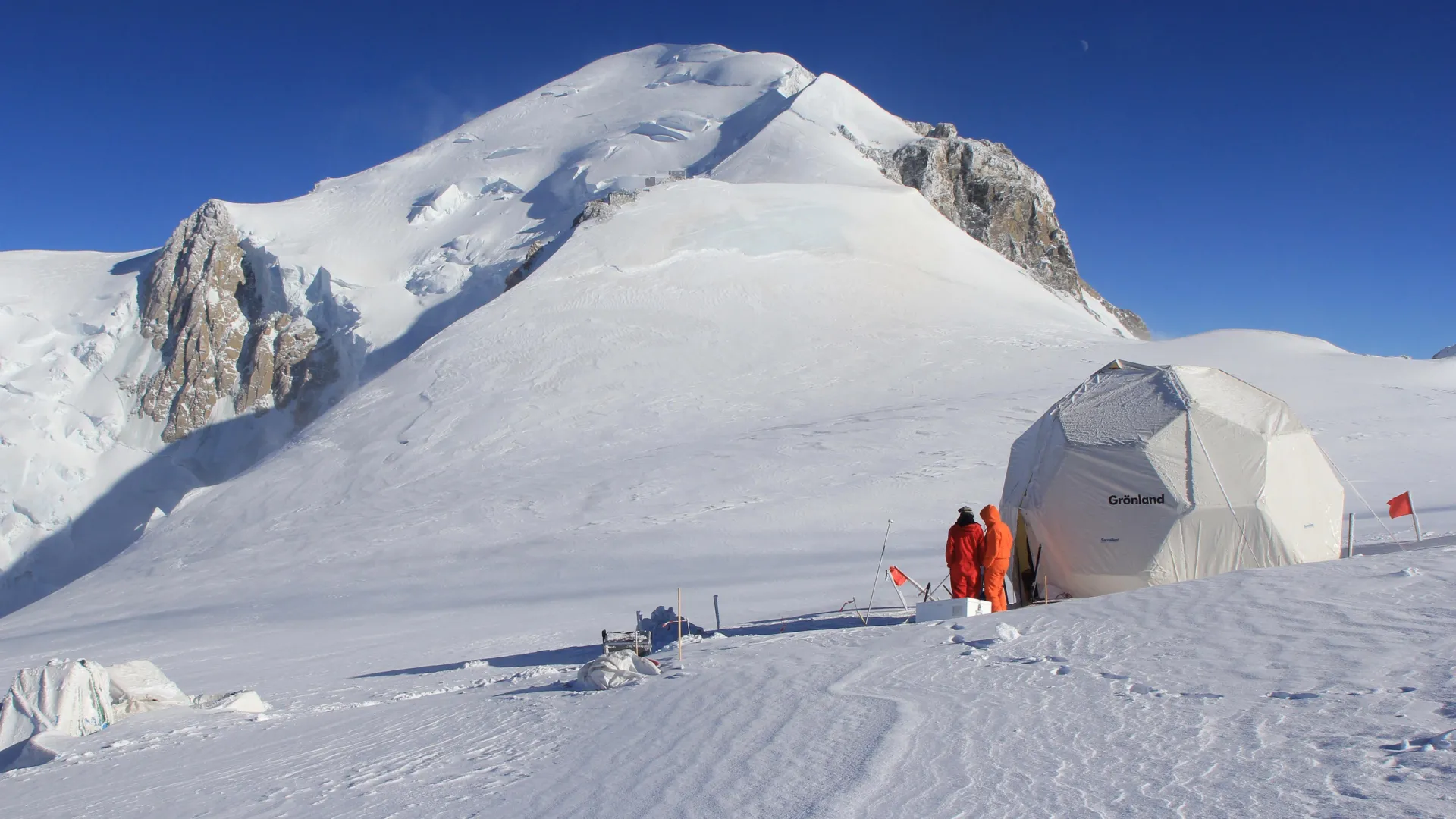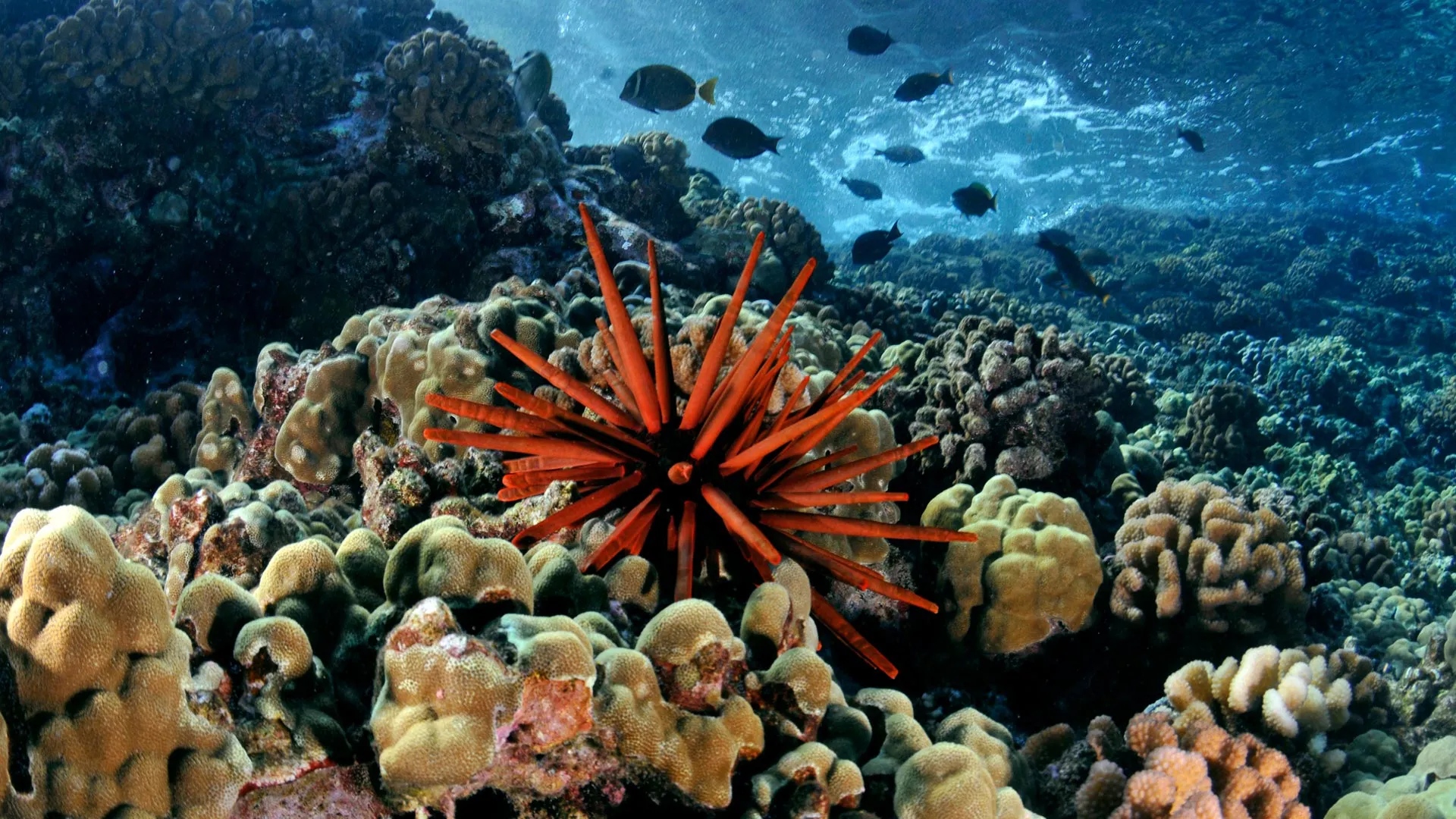Now Reading: 12,000-Year-Old Alpine Ice Core Reveals Insights into Civilization’s Rise
-
01
12,000-Year-Old Alpine Ice Core Reveals Insights into Civilization’s Rise
12,000-Year-Old Alpine Ice Core Reveals Insights into Civilization’s Rise

Quick Summary:
- Study Overview: Research by DRI’s Ice Core Lab and collaborators examined a 40-meter long ice core from Mont Blanc’s Dôme du Goûter glacier in the French Alps, dating back to the last Ice Age (~12,000 years ago).
- Climate Insights: The ice core provided records of atmospheric aerosols and climate transitions during glacial and interglacial periods, revealing differences in temperature, vegetation changes, wind patterns, and dust deposition over time.
- key Findings:
– ~3°C temperature difference between the last Ice Age and Holocene Epoch; localized cooler temperatures (~3.5°C) in the Alps.
– Phosphorous levels linked to vegetation changes-forests expanded during warming periods but declined with industrial agriculture.
– Dust aerosol concentrations were ~8 times higher during colder climates compared to today due to increased Saharan dust deposition-a finding inconsistent with prior models.
– Sea salt data indicated stronger westerly winds offshore of western Europe during glaciation periods.
- Methodology: Advanced radiocarbon dating techniques established chronological layers preserved in ice; continuous flow analysis measured aerosol chemistry layer-by-layer.
- Future Research Goals: Scientists aim to further examine indicators of human activity such as lead pollution while refining climate models using this unique dataset.
Indian Opinion Analysis:
The study emphasizes glaciers as invaluable archives for understanding Earth’s climatic past-and crucial tools for predicting future environmental shifts. The discovery from Mont Blanc’s glacier is particularly important as it provides insights into Europe-specific climate history far beyond what Arctic or Antarctic cores can offer. This data coudl improve regional climate modeling for India via shared learnings about aerosols’ role in impacting monsoon systems or heatwave patterns.
Further examination connecting human activity with aerosol deposits may highlight global societal impacts on Earth’s ecosystems over millennia. For countries like India-facing balancing development with environmental sustainability-these findings can underscore lessons from history about irreversible damages caused by deforestation or excessive exploitation of natural resources.
Preserving similar high-altitude environments within India’s Himalayas-which face accelerated melting due to rising temperatures-is critical not only for regional water stability but also as repositories of paleoclimate facts that could complement ongoing research worldwide.




























